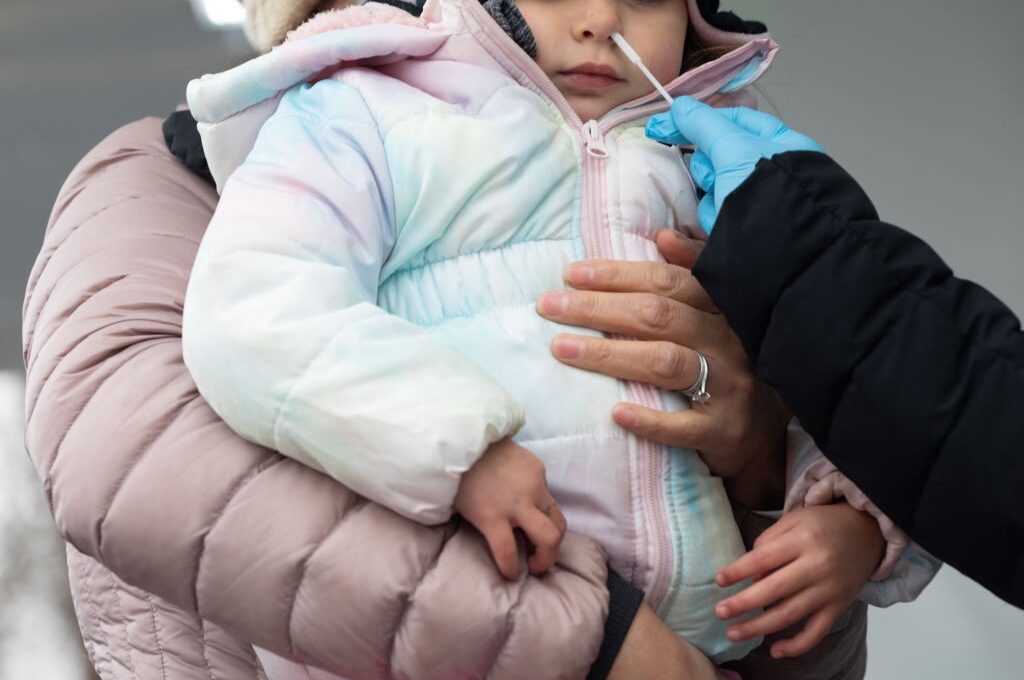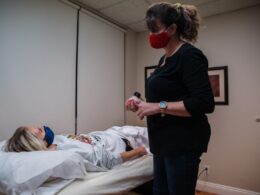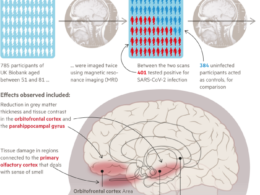Time
BY JEFFREY KLUGER
Monday, August 15, 2022
Long COVID is a pernicious problem — afflicting people who have contracted COVID-19 with a range of symptoms that can last weeks, months, or years after their initial infection.
About one in five adults who contract COVID-19 will go on to develop Long COVID, according to the U.S. Centers for Disease Control and Prevention (CDC).
But what about kids?
That has been a lingering question, one that researchers have only begun to explore in depth — and at last, there are some answers.
As my colleague Jamie Ducharme reports, it wasn’t until earlier this year that investigators even established a definition for pediatric Long COVID.
According to the experts, that definition is: one or more COVID-19-related symptoms that last at least 12 weeks after infection, affect daily life, and can’t be explained by an alternate diagnosis.
The definition for pediatric Long COVID is:
one or more COVID-19-related symptoms that last at least 12 weeks after infection, affect daily life, and can’t be explained by an alternate diagnosis.
Kids don’t appear to be a whole lot different from adults when it comes to how common the problem is.
- One meta-analysis — based on 21 previous studies — published in June in Scientific Reports found that 25% of kids had COVID-19-related symptoms at least four weeks after their initial infection.
- Another study, published on Aug. 12 in the journal Pediatrics, looked at several hundred children who had been sick enough to be hospitalized for COVID-19 and found that 25% had some kind of health issues related to the infection two to four months later.
The precise symptoms of Long COVID in children also aren’t all that different from those in adults.
The study in Scientific Reports found that the three most common symptoms are mood issues, fatigue, and sleep disorders.
Other symptoms include memory loss, nasal congestion, headaches, and inability to exercise.
This month, the CDC took a deeper dive into the question of symptoms, looking at a sample group of more than 3 million children — about 780,000 of whom previously had COVID-19.
The children who had been infected were at increased risk of additional Long COVID symptoms, including disturbances in the ability to smell or taste, circulatory problems, malaise, and pain.
As for which kids are most likely to develop Long COVID, one Russian study published in the European Respiratory Journal found that those with allergic diseases — such as asthma, food allergies, and eczema — were at increased risk.
The researchers who authored the Scientific Reports paper found additional risk factors, including obesity, older age, and gender — with girls likelier to develop Long COVID than boys.
There is no way to prevent Long COVID in kids entirely but — ever and always — vaccines help. Vaccinated kids who do get COVID-19 are thought to be at lower risk of developing Long COVID later.












